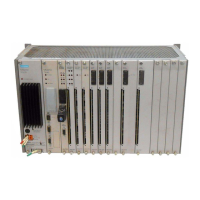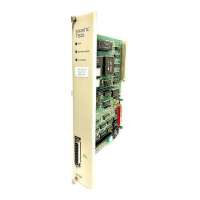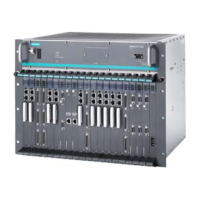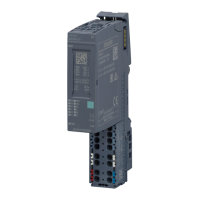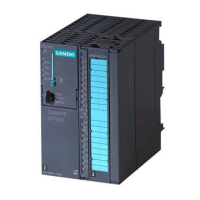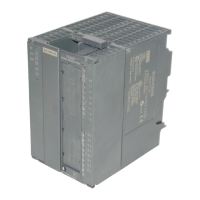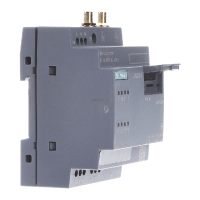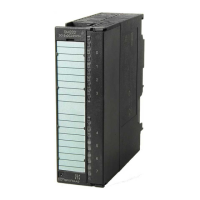Glossary
TIM DNP3
346 System Manual, 12/2015, C79000-G8976-C253-04
When a TIM is used as the master station, the master TIM sends a polling message to the
connected stations (station TIMs) one after the other instructing them to transmit their stored
data messages to the master TIM. If a polled station has not saved any data messages, it
replies with an acknowledgment message.
A protocol is a set of rules for controlled transfer of data. Protocols, for example, specify the
data structure, the structure of data packets and the coding. Protocols can also specify a
control mechanisms and hardware and software requirements.
This describes a 6-pin connecting cable with a standardized modular (Western) connector.
This describes a 8-pin connecting cable with a standardized modular (Western) connector.
RS-232 is a standard for serial (i.e. bit-by bit) data transmission with +12 V and -12 V
signals. RS-232 is a Recommended Standard of the Electronic Industries Association. For
the RS-232 interface, 9-pin and 25-pin connections with D-sub connectors are normal.
These are sub-miniature connectors with a D-shaped face.
RS-485 is a standard for data transmission with 5 V differential signals. The RS-485
interface uses only one pair of wires and is operated in half duplex. The connection is
multipoint-compliant; in other words, up to 32 subscribers can be connected.
Request to send
Signal in the data flow control
→
Image memory / send buffer
If a send message is transmitted using the send buffer principle, each time the message is
transferred to the TIM, it is entered completely in the send buffer. If the message cannot or
should not be transmitted immediately, it may therefore exist more than once in the send
buffer. When it is sent successfully, the complete message is taken from the send buffer.
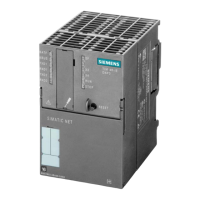
